Strong immunity is the key to a healthy body. Our daily activities are the impactful determiners to the strength of our individual immunity. There are several reasons behind the reduction of our resistance property towards several infections and diseases such as poor diet, mental stress, inadequate sleep, obesity, lack of physical activities, and of course neglecting nutrient-rich food.
In addition, as the weather changes, so does the temperature, which leads to the growth of certain viruses and bacteria that thereafter, interferes with and weakens our immunity. Consequently, a compromised immune system can increase the risk of several infections by pathogenic microbes and can also adversely affect the normalcy of our organ system, thereby making humans prone to various diseases. Moreover, various factors mentioned above like stress and all may also disrupt the immune system which can give birth to various complications like chronic respiratory disease, cancer, cardiovascular disease, diabetes, and so on. Here, the huge scope of biotechnology can be used for an enhanced therapeutic regime which attempts to cure the world by reducing the rate of infectious diseases and minimizing health risks by utilizing natural tools and genetic machinery to combat serious threat of our everyday life. Among the multifarious biotechnological techniques, two extremely well known modern tools discussed below might have wide-ranging applications in the field of biotechnology as well as diagnosis of several diseases and prevention or cure of the same.
Several applications of Microarray
It is so true that in this modern era the development of Microarray is one of the greatest achievements and creates a revolution in the field of science and more precisely in biotechnology. However, the best part of it is, this unique tool makes scientists, all over the world, able to understand the thousands of genes’ functions and their expression at the same time. Among several applications, currently, this technique is employed in three broad areas such as biotechnological research, diagnosis and treatment, and lastly in the field of crime and security. Moreover, this innovation is highly utilized to analyze several toxic biomarkers to clarify their responses in several categories and also to know their impact on the environment. Furthermore, it might be utilized in xenobiotics to enhance the bioremediation process to control environmental pollution. In addition, it also helps to get more information about new genes and their function in different conditions as well as they may aid in the identification of several species, genetic mutation, and their common ancestry. Apart from this, it is a well-known tool in the field of oncology and medicine. It is used to diagnose several diseases and infections other than cancer, as well as helps in the discovery of efficient antibiotics and vaccines against the pathogenic microorganisms and viruses when this tool combined with proteomics to understand how viruses and bacteria survive in the microenvironment by utilizing their pathogenic factors. In addition to this, DNA microarray plays an important role in the case of forensic analysis to get detailed information on DNA involved in investigation purposes.
Importance of Next Generation Sequencing (NGS) in the field of Biotechnology
In this day and age, Sanger sequencing, so-called First generation sequencing is partially replaced by a novel tool that is Next Generation Sequencing (NGS) as it produces thousands to millions of DNA sequences in a short time with a small investment. It demonstrates the next stages of evolution in DNA sequencing in the field of genomics and medicine. The diagnostic model in traditional medicine has evolved into a more accurate form, leading to a more precise diagnosis of human diseases and allowing us to select specific molecular drugs for individual treatment. However, the potential use of NGS in health and medicine is enormous. In spite of this, a more effective knowledge of this approach is required for effective implementation in the clinical workplace. In addition to that, NGS enables early diagnosis and identification of biomarkers for individual treatment. The advent of the NGS changed the way of medical research, basic and applied sciences that were conducted before. Among the available NGS applications, one of them is resequencing the entire human genome and better understands the various human diseases. But the big problem is explaining this huge amount of data and translating it for medical purposes. The main short-term clinical effect of the NGS revolution is to clarify the mechanism of human pathogenesis, leading to better diagnosis and selection of treatment and prevention methods. Most importantly, diagnostic virology is the most successful application of NGS to detect and characterize new viruses, detect unexpected viral pathogens in clinical samples, monitor hypersensitivity to antiviral drugs, detect viral diversity and evolution, and so on. As a consequence, it has achieved surprising results in the classification of human viruses. Reduced costs and improved response times make these technologies potentially vital diagnostic tools in clinical routine.


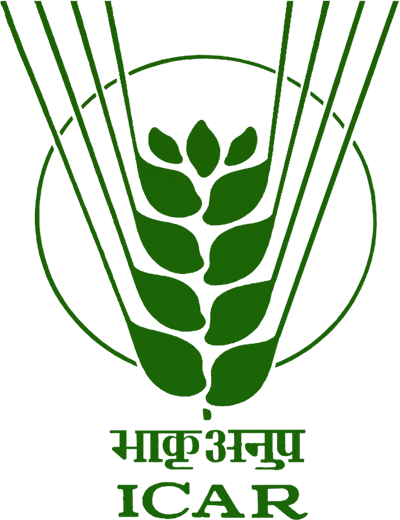

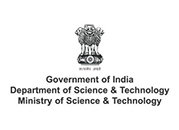
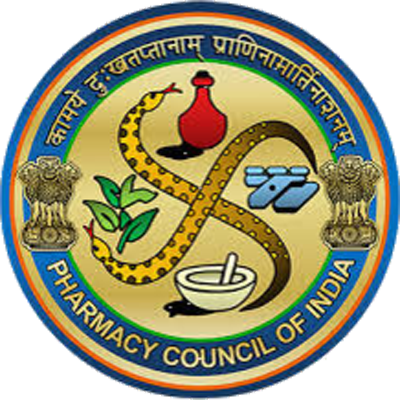

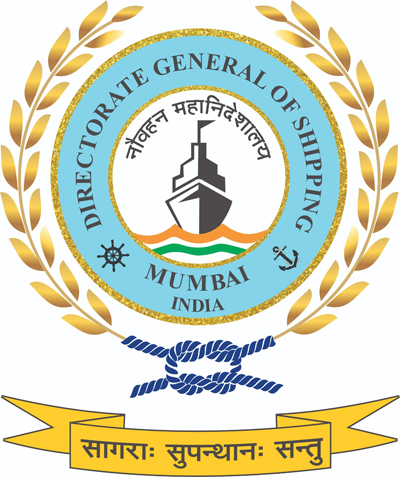
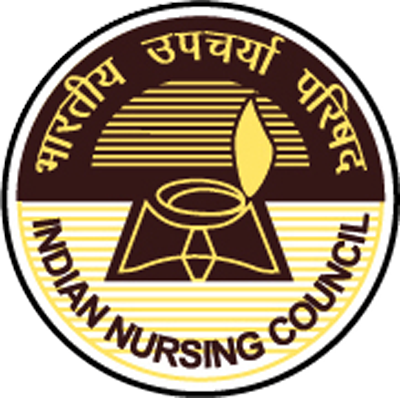
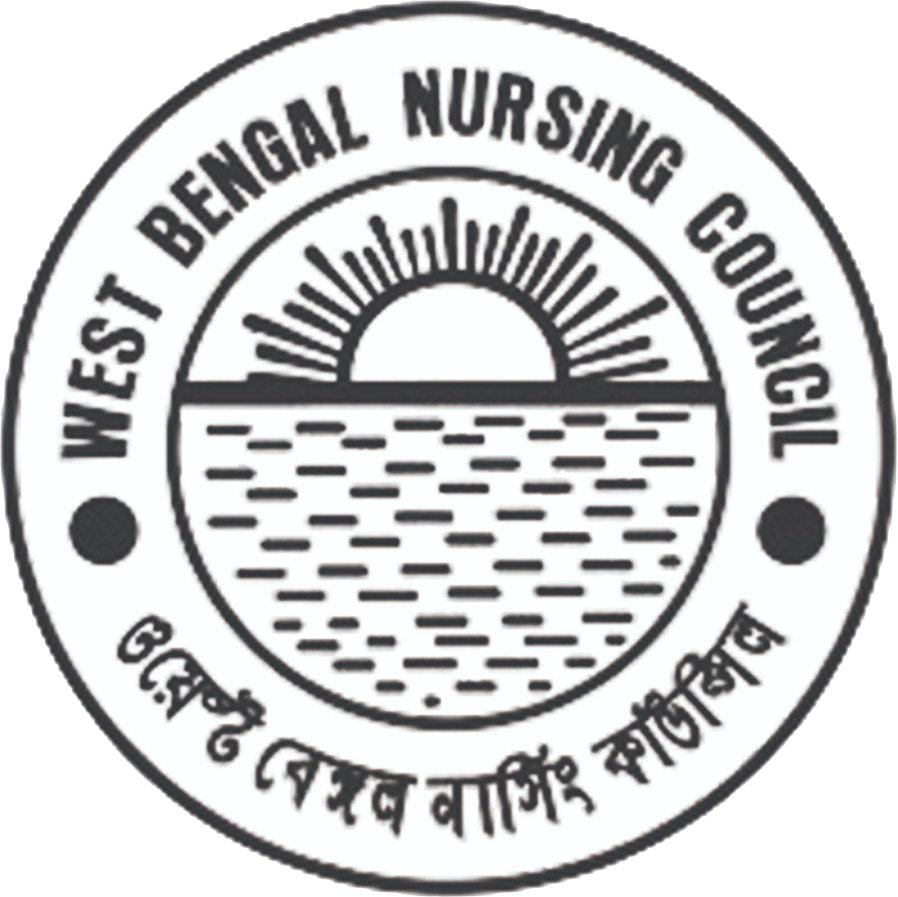
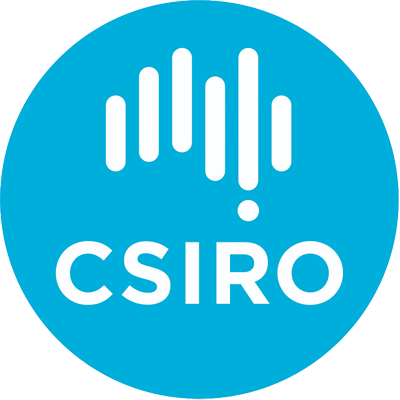
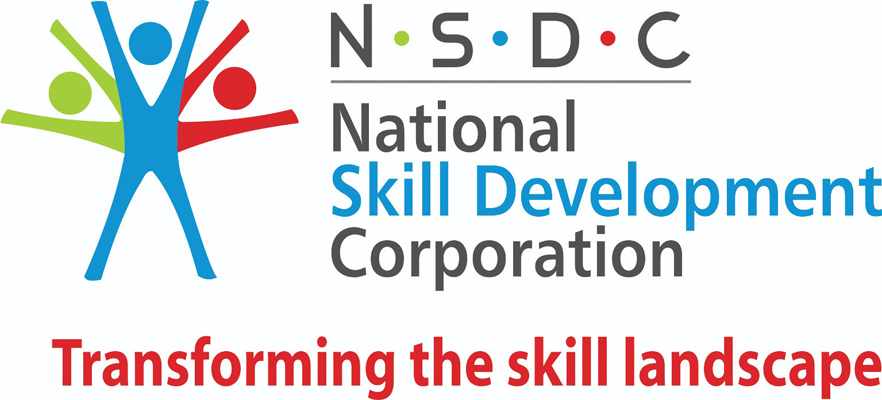
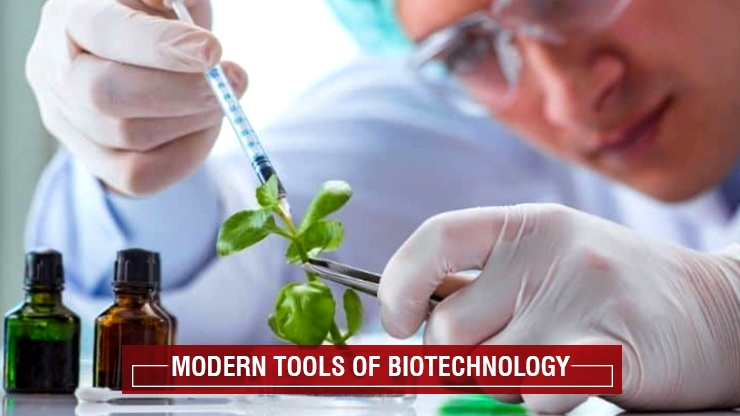
 6 Sep 2021
6 Sep 2021



